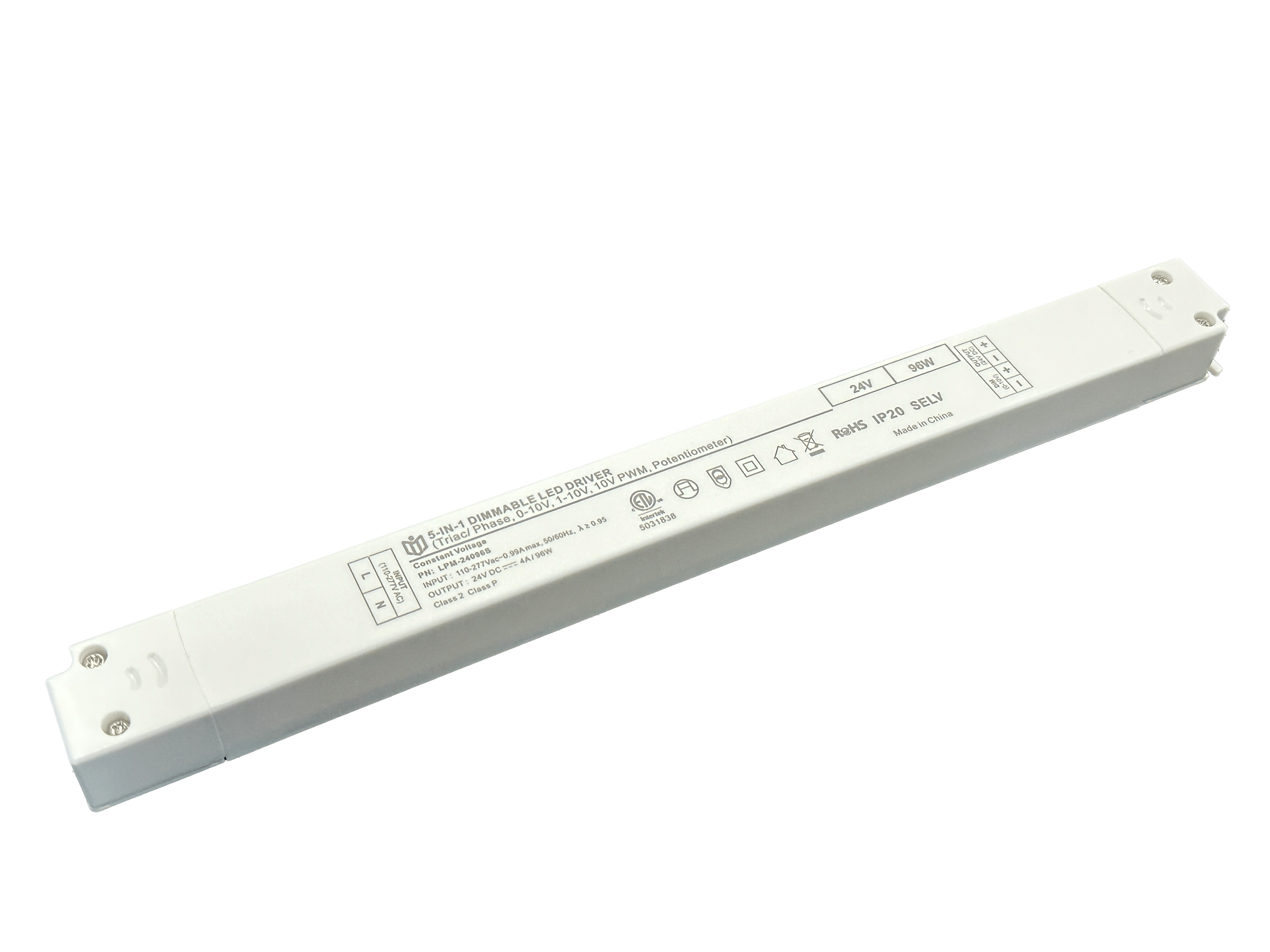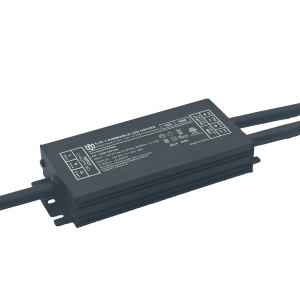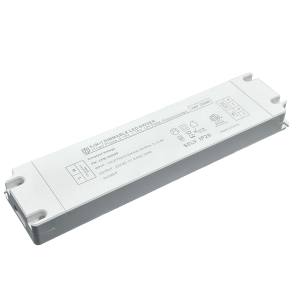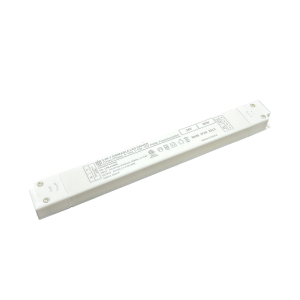From Principle to Application: A Comprehensive Look at the Advantages of Triac Dimmable Power Supplies
The Core Mechanism: How Triac Technology Works
At the heart of every triac dimmable power supply lies a semiconductor switch designed to regulate alternating current (AC). Unlike traditional on/off relays, triacs operate in both halves of the AC cycle, enabling smooth phase-cutting dimming. This bidirectional conduction allows precise control over light intensity by chopping portions of each sine wave—a process technically termed "phase angle control." Modern variants integrate snubber circuits to suppress radio frequency interference (RFI), ensuring compliance with electromagnetic compatibility (EMC) standards while maintaining flicker-free performance across wide load ranges.
Key Advantages Over Conventional Systems
The superiority of triac-based solutions becomes evident through three critical dimensions: efficiency gains averaging 15–30% compared to resistive dimmers, elimination of audible noise common in trailing-edge designs, and compatibility with virtually all LED/incandescent bulb types. Their inherent leading-edge triggering minimizes harmonic distortion, translating to cleaner grid interaction. For installers, the compact form factor supports retrofitting into existing fixtures without rewiring, while self-protection features like overtemperature shutoff enhance safety during peak operations.
Practical Deployment Scenarios
In architectural lighting projects, these units shine when paired with DALI or Zigbee protocols for centralized management. Hospitality venues leverage their ability to create dynamic ambiance sequences—gradually transitioning restaurant dining areas from vibrant lunchtime brightness to intimate evening mood lighting. Industrial applications benefit from programmable ramping profiles that align with machinery startup cycles, reducing mechanical stress on motorized components. Notably, healthcare facilities adopt them for patient room controls due to their zero-crossing switching minimizing EMI risks near sensitive medical equipment.

Integration with Smart Ecosystems
Forward-thinking manufacturers now embed Wi-Fi modules directly into drivers, enabling voice activation via assistants like Alexa. When coupled with photosensors, daylight harvesting algorithms automatically adjust output levels based on ambient conditions. Advanced models even support power monitoring through mobile apps, providing consumption analytics that help facility managers optimize energy usage patterns. This interoperability extends beyond lighting—some platforms unify HVAC controls and blind automation under a single interface powered by the same low-voltage DC bus used by the dimming system.
Future Innovation Horizons
Emerging trends point toward galloping adoption of silicon carbide (SiC) substrates for higher switching frequencies, potentially doubling efficiency metrics. Researchers are testing hybrid topologies combining triacs with gallium nitride (GaN) FETs to achieve sub-millisecond response times ideal for theater-grade scene changes. Another breakthrough involves machine learning algorithms predicting user preferences based on historical usage data, preemptively adjusting settings before manual input occurs. As building codes mandate stricter standby power limits globally, next-gen designs focus on sub-1W no-load consumption without sacrificing performance.
Case Study: Retrofitting a Historical Landmark
Consider the restoration of Paris' Le Grand Rex cinema marquee. Engineers replaced outdated transformers with IP67-rated triac drivers capable of surviving extreme weather fluctuations. By synchronizing color temperature shifts with projected film schedules using DMX512 protocols, they preserved the venue's Art Deco aesthetic while achieving 42% lower operational costs. Thermal imaging confirmed uniform heat distribution across 800+ addressable LED panels, validating the system's reliability under continuous use. This project demonstrates how legacy structures can adopt cutting-edge technology without compromising cultural heritage.
Troubleshooting Common Challenges
Field technicians often encounter two recurring issues: ghosting effects caused by improper grounding and erratic behavior when mixing different bulb chemistries. Mitigation strategies include installing ferrite cores on cable bundles to contain stray magnetic fields and grouping loads by wattage rating within individual circuits. For installations exceeding 2kW total load, derating factors must account for cumulative thermal buildup—typically limiting maximum continuous draw to 80% of rated capacity. Regular firmware updates from OEMs address emerging compatibility quirks with newly released smart bulb models.
Sustainability Impact Assessment
Lifecycle analyses reveal significant environmental benefits when comparing triac systems to alternatives. Over a ten-year period, reduced copper usage in smaller gauge wiring offsets initial material costs by 23%, while lower harmonic currents decrease transformer losses at distribution substations. Recycling programs now exist for end-of-life units, recovering rare earth magnets from integrated circuit boards and repurposing aluminum heat sinks into new extrusions. These circular economy practices align with ISO 14001 certification requirements increasingly demanded by green building certifiers.
Selecting the Right Model for Your Needs
When choosing equipment, prioritize units offering true RMS measurement accuracy for consistent color rendering across dimming levels. Look for certifications marking compliance with IEC 61000-3-2 standards regarding injected harmonics. For outdoor applications, ensure IP ratings match exposure conditions—minimum IP54 for covered patios versus IP68 for direct burial in landscape lighting schemes. Consider whether universal input voltage range (90–277VAC) justifies premium pricing based on regional grid stability factors. Always verify warranty terms covering both electronics and labor for commercial installations exceeding five years.
 A New Benchmark in Energy Sav
A New Benchmark in Energy Sav
 The Future Outlook for Triac
The Future Outlook for Triac
 The Application Advantages of
The Application Advantages of
 Innovative Design + Outstandi
Innovative Design + Outstandi
